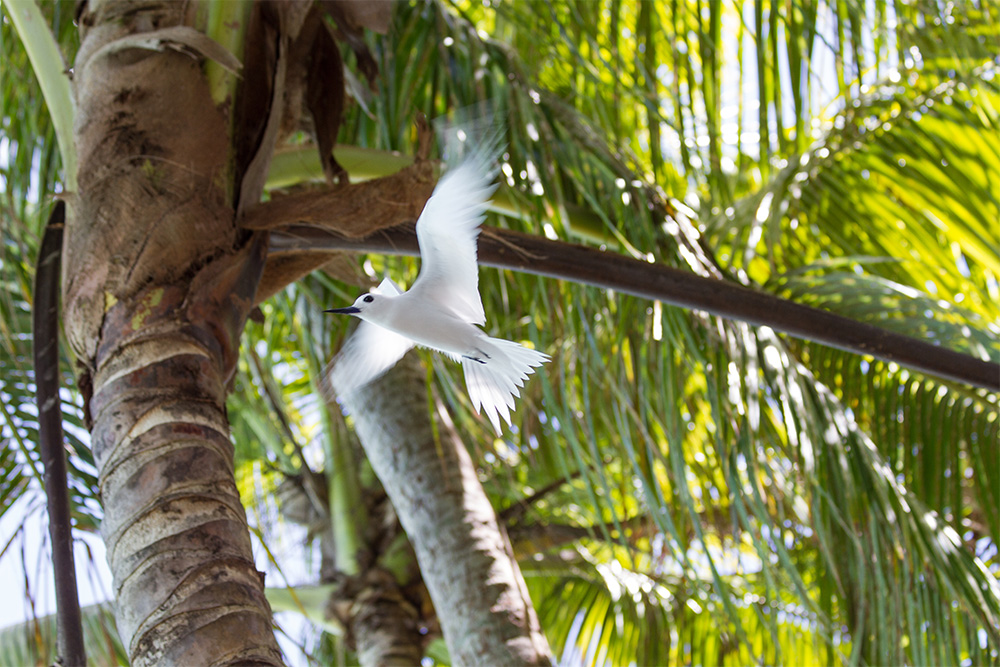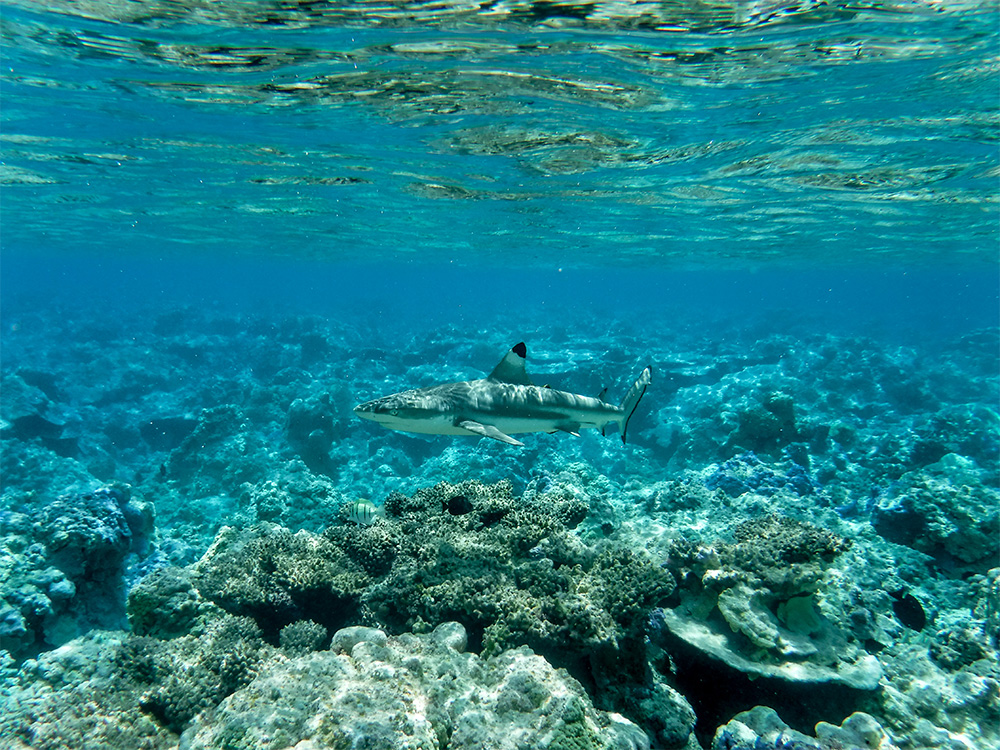December 4, 2024
The Ebiil Society: Champions of Palau
Ann Singeo, founder of our partner organization the Ebiil Society, shares her vision for a thriving Palau and a flourishing world of indigenous science!
We use cookies to help you navigate efficiently and perform certain functions. You will find detailed information about all cookies under each consent category below.
The cookies that are categorized as "Necessary" are stored on your browser as they are essential for enabling the basic functionalities of the site. ...
Necessary cookies are required to enable the basic features of this site, such as providing secure log-in or adjusting your consent preferences. These cookies do not store any personally identifiable data.
Functional cookies help perform certain functionalities like sharing the content of the website on social media platforms, collecting feedback, and other third-party features.
Analytical cookies are used to understand how visitors interact with the website. These cookies help provide information on metrics such as the number of visitors, bounce rate, traffic source, etc.
Performance cookies are used to understand and analyze the key performance indexes of the website which helps in delivering a better user experience for the visitors.
Advertisement cookies are used to provide visitors with customized advertisements based on the pages you visited previously and to analyze the effectiveness of the ad campaigns.
Looking to make an impact this Earth Month? Here’s how.

As Earth Day approaches, Island Conservation will share stories of hope and success in conservation.
The magnificent and unique Palmyra Atoll forms part of the Line Islands Archipelago, lying some 1,000 miles southwest of Hawai’i in the Central Pacific Ocean.
It has one of the best remaining examples of a tropical coastal strand forest found in the Pacific and one of the last predator-dominated marine ecosystems in the world. Many nationally and internationally Threatened, Endangered, and depleted species thrive there. The Atoll also supports ten nesting seabird species, including one of the largest Red-footed Booby colonies in the world, and the largest Black Noddy colony in the Central Pacific.
And it is these seabirds that had been most affected by the non-native black rats.

The rats were severely affecting seabirds, preying on both ground-nesting and tree-nesting birds, particularly Sooty and White Terns, eating eggs and chicks.
But it wasn’t only the birds that were impacted—it was also the native crabs and plant populations. Invasive rats had been attacking and consuming land crabs and eating precious seeds and seedlings of native trees, limiting native tree recruitment.
It was clear that the rats had to be removed if the atoll was to be preserved and the endemic species saved from extinction.
During 2011, in direct response to this threat, the US Fish and Wildlife Service, The Nature Conservancy, and Island Conservation worked together to remove the invasive rats from Palmyra

In the absence of invasive species, Island Conservation’s Conservation Science Program Manager, Coral Wolf, and a team of scientists have documented a 5000% increase in native trees, an abundance of crabs, and an increase in seabirds.

Removing the rats has allowed seabirds to flourish, and the rebounding native forest now provides the birds with important nesting and roosting habitat. When seabirds perch in the trees, they provide nutrients to the soil below through guano droppings. These nutrients are then taken up by native plants and also wash into the ocean where they benefit the surrounding reefs.
Featured photo: A Red-footed Booby perched in a tree on Palmyra Atoll. Credit: Andrew Wright
Check out other journal entries we think you might be interested in.
Notifications